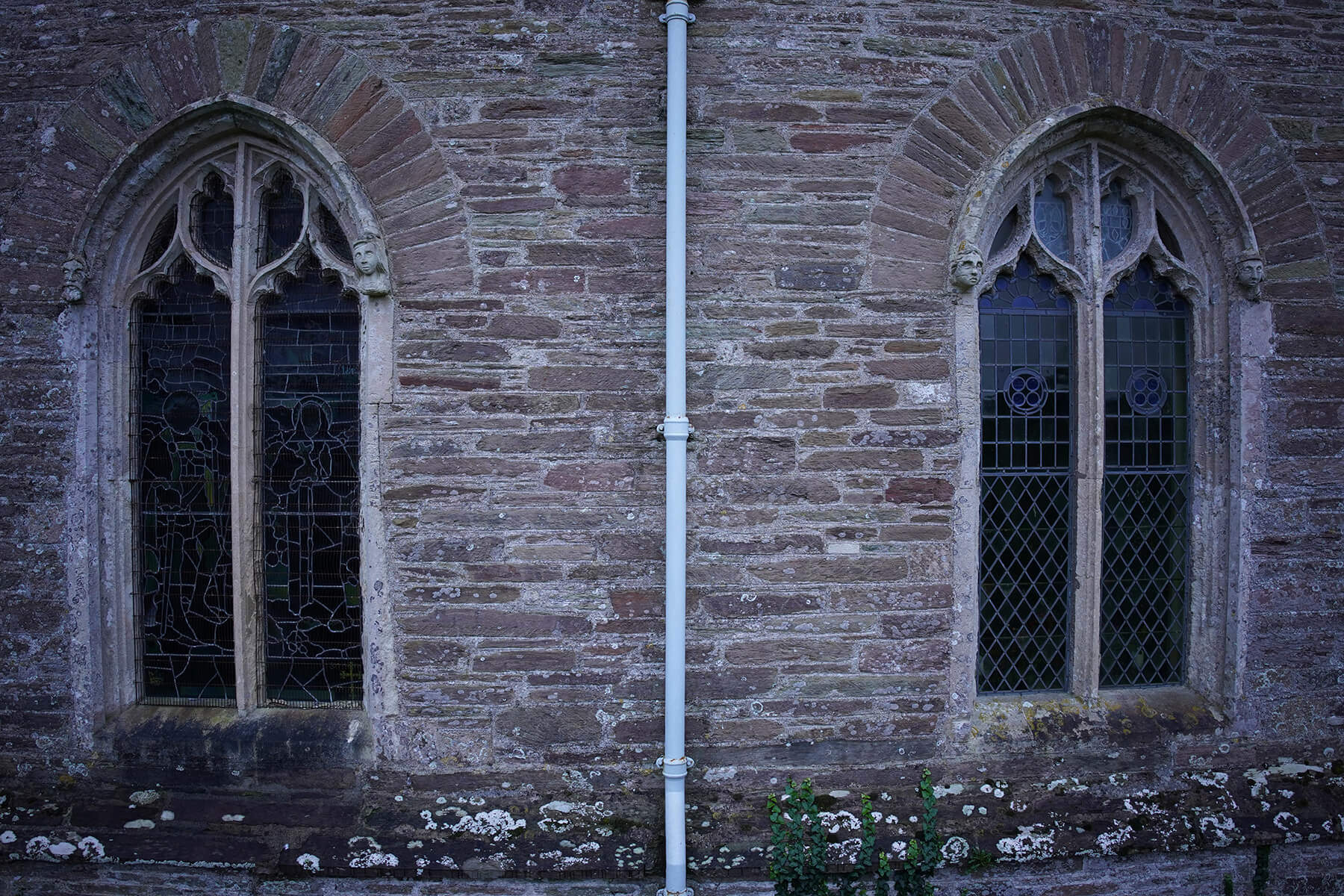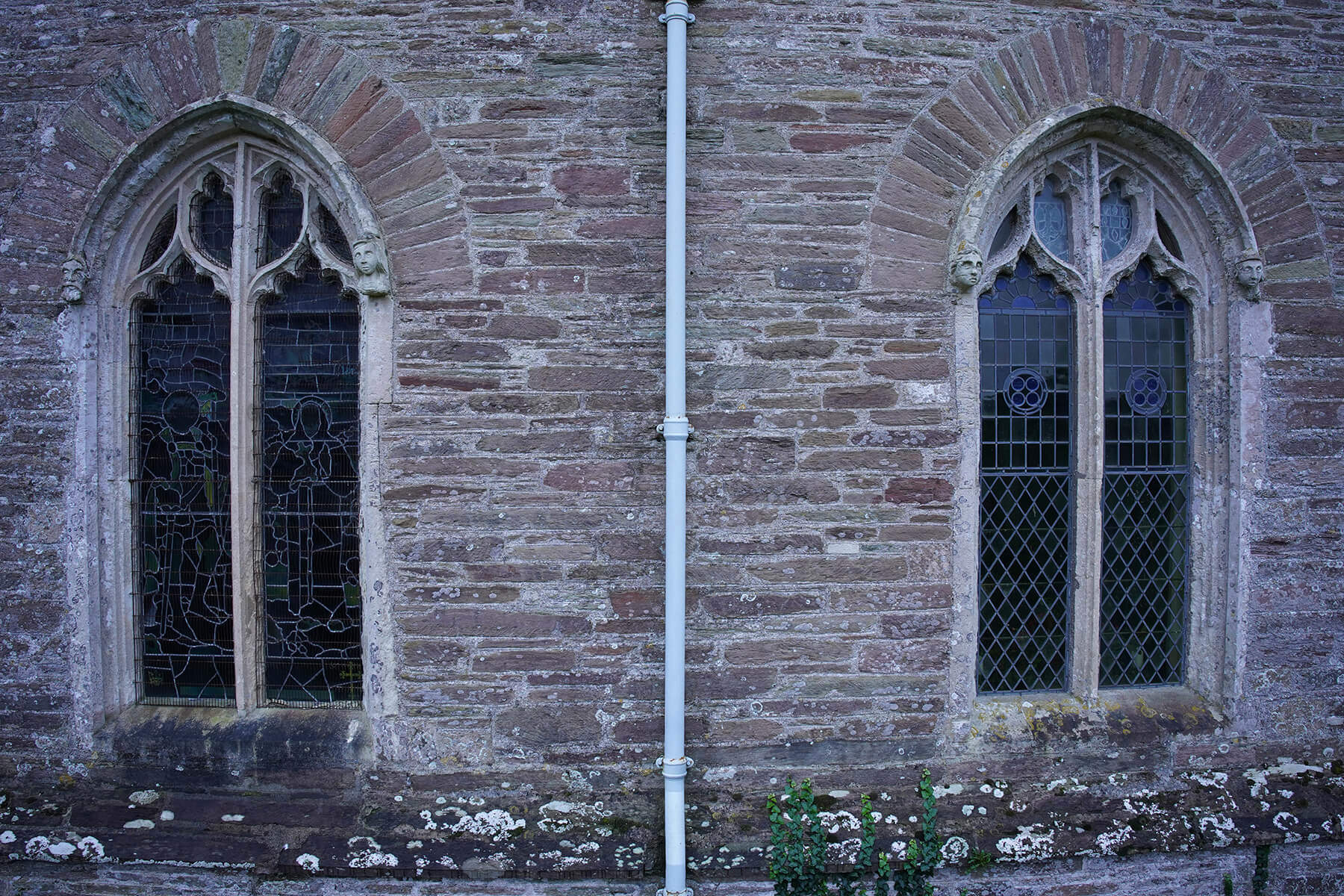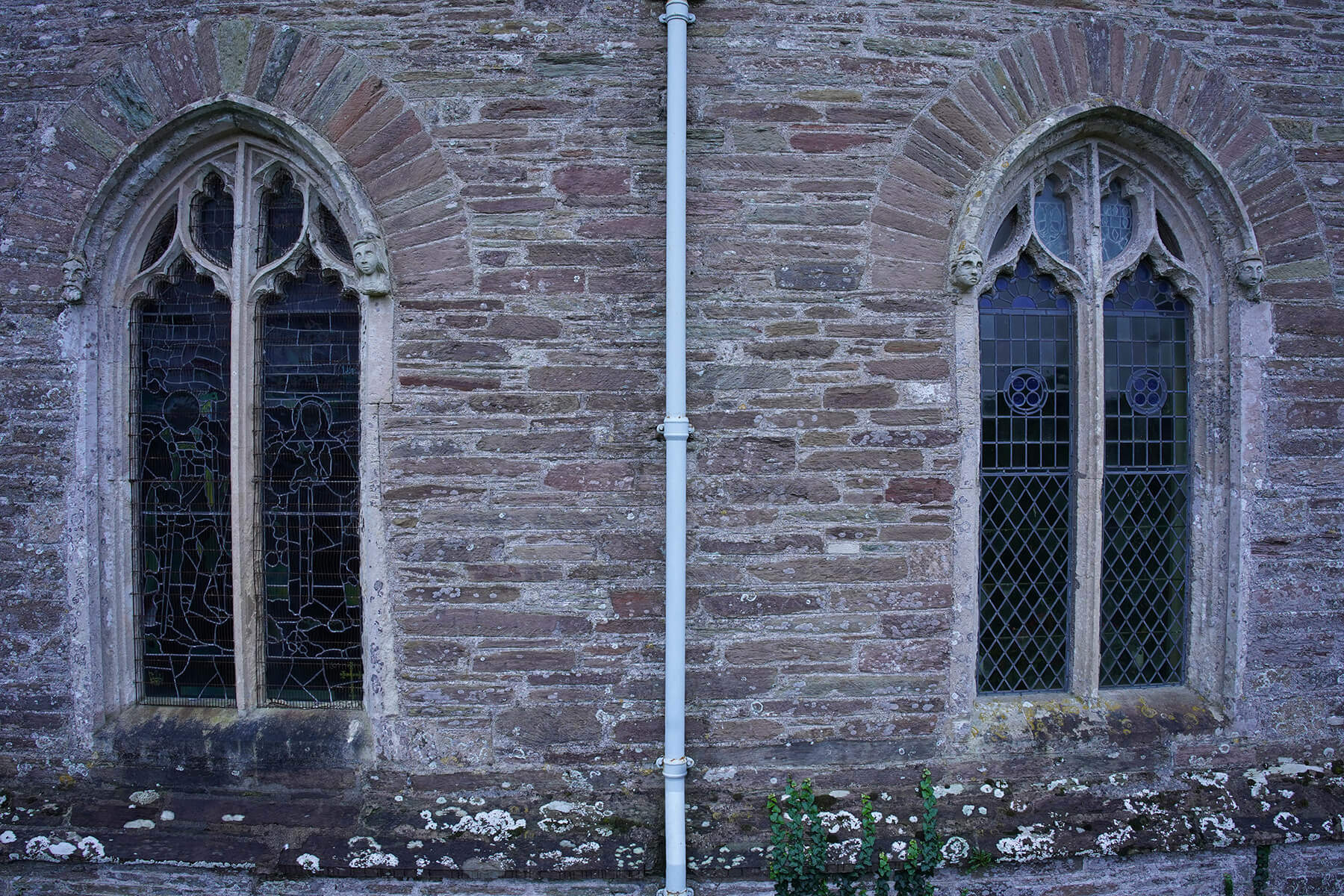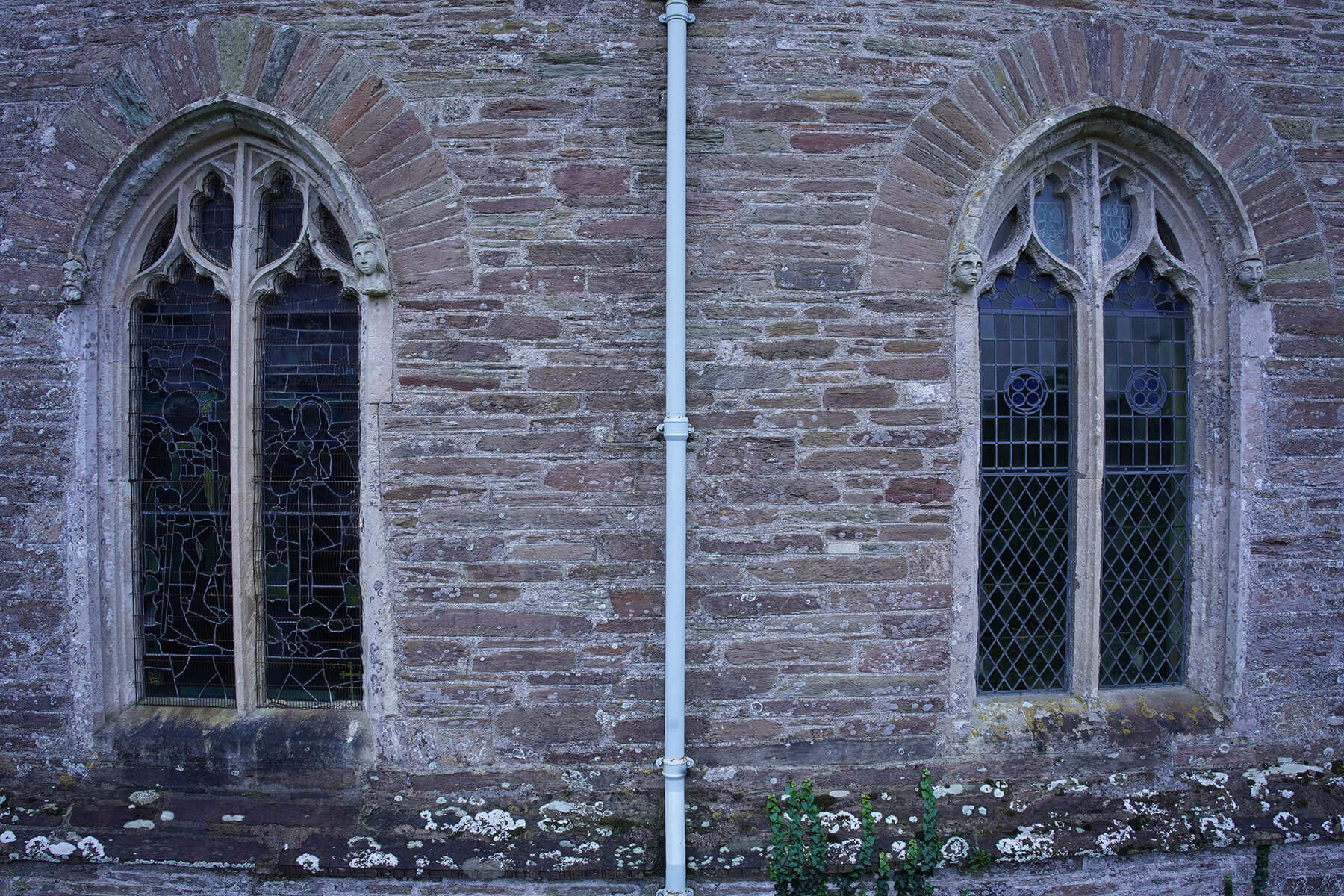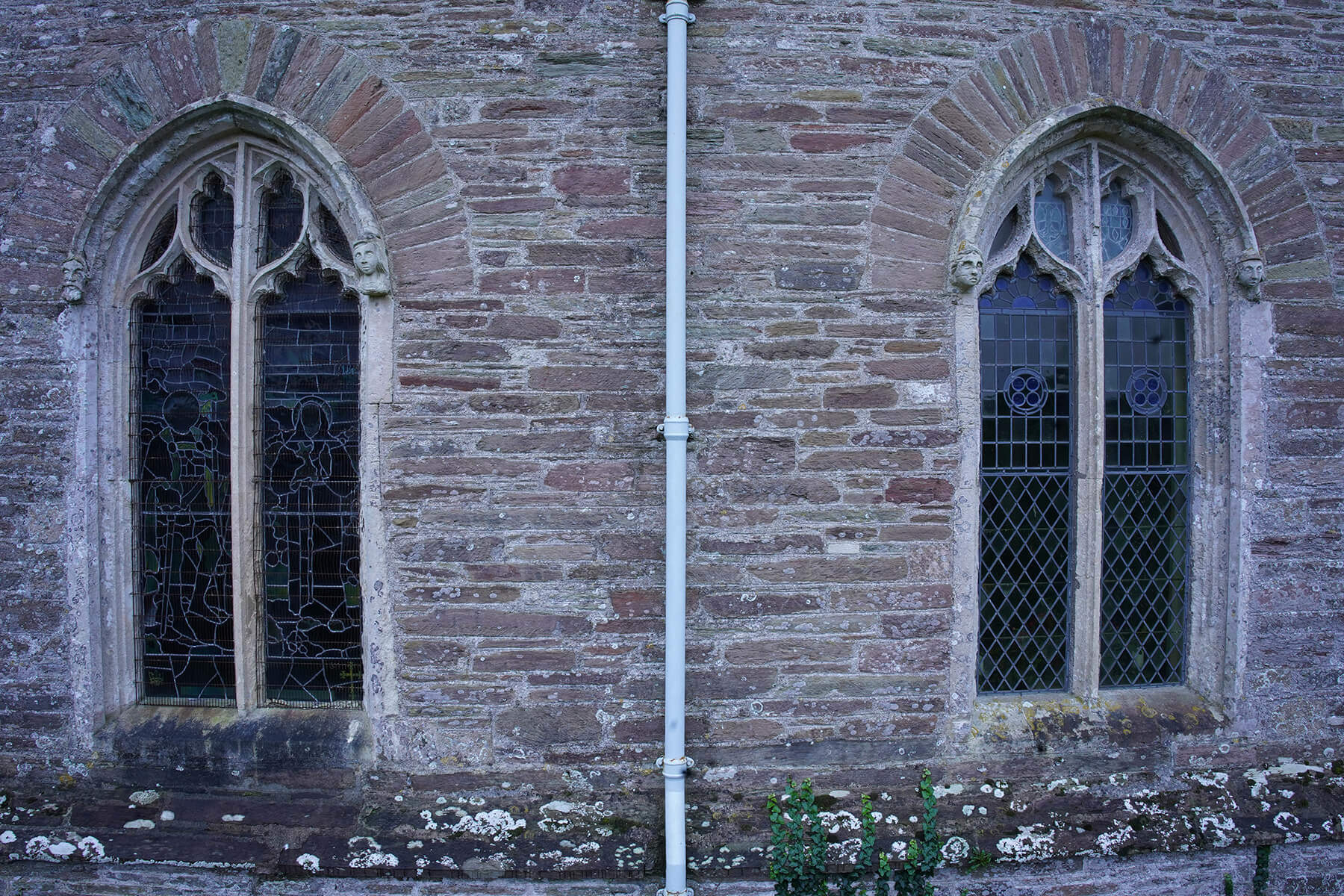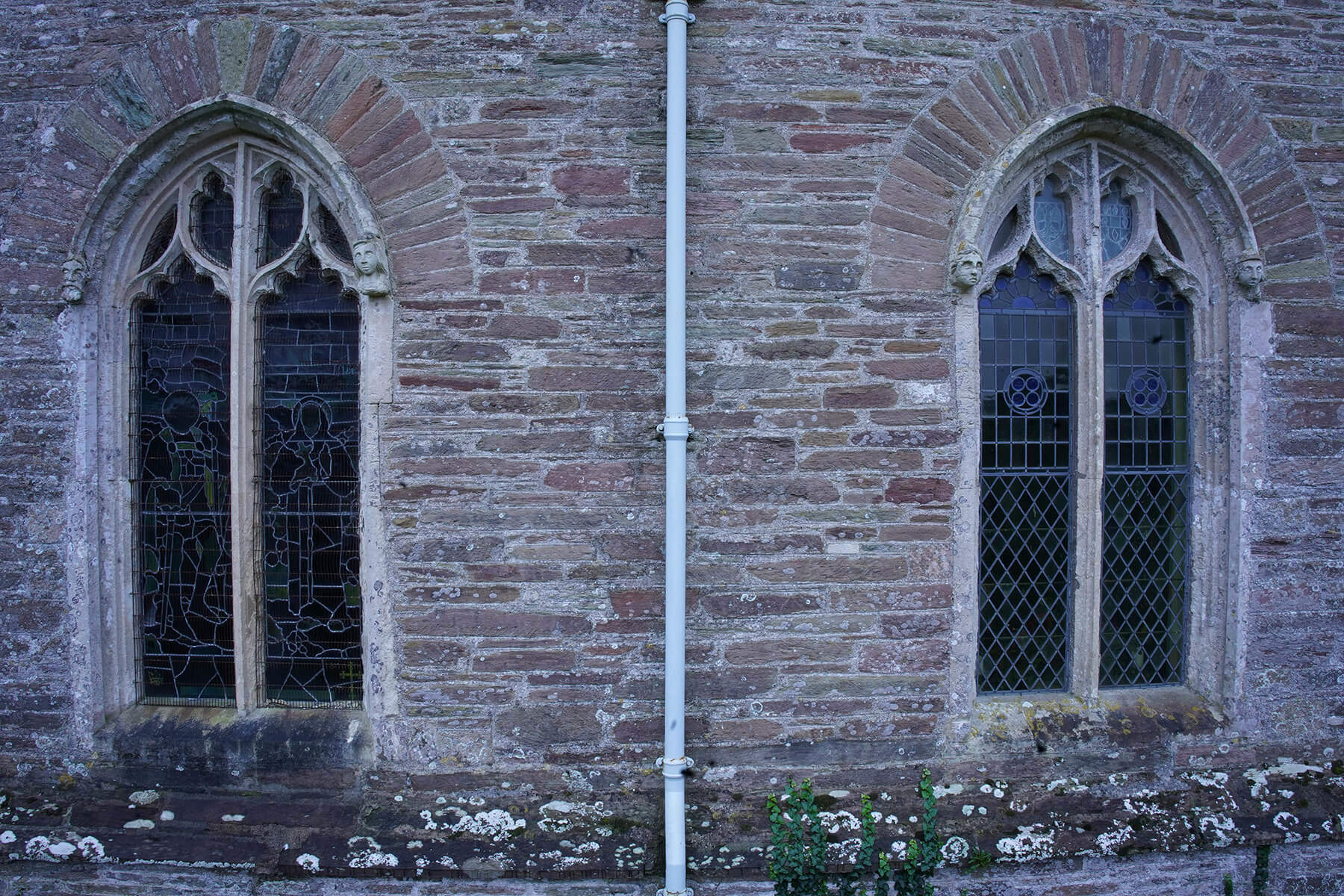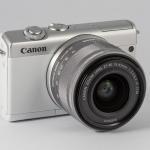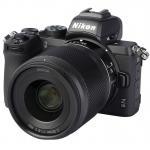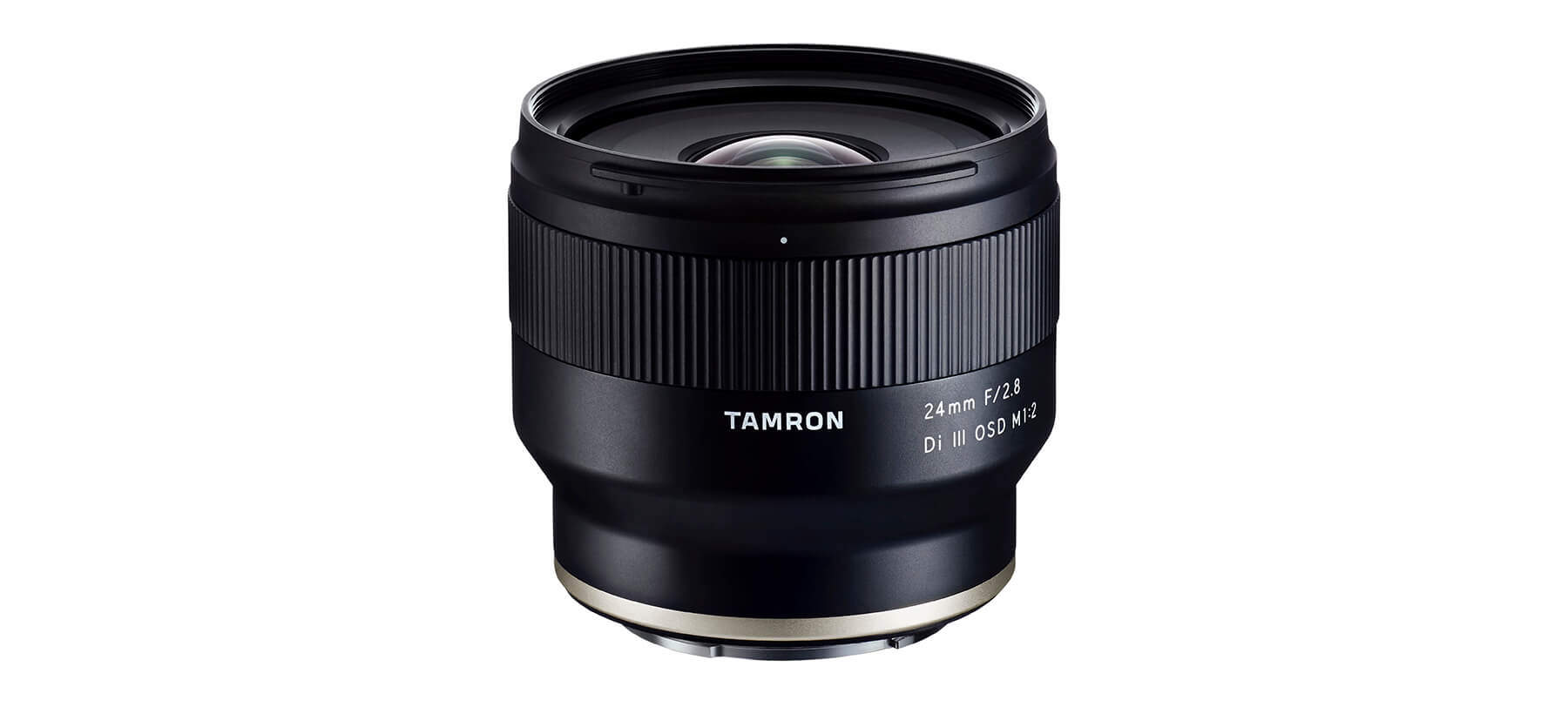
Tamron 24mm f/2.8 Di III OSD M1:2 test: excellent value
Posted on Jan 14, 2020
Small, light and affordable, is Tamron’s fast prime set to be a hit with Sony shooters?
Tamron recently launched three new f/2.8 prime lenses for Sony E-mount mirrorless cameras; a 20mm, a 24mm and a 35mm. Here we’ll take a look at the middle of those, the 24mm f/2.8 Di III OSD M1:2. A 24mm focal length gives a very usable wide-angle view, without the problems associated with going much wider, and Tamron’s new lens also features much closer focusing than you’d normally expect to find.
With a minimum focusing distance of just 12cm, it gives a half-lifesize or 1:2 view, and that means you can shoot very close to foreground details in landscapes, shoot wide-angle close-ups of plants and animals, or potentially use the lens for product photography. In fact, with that 12cm measured from the sensor and the lens measuring 64mm long, you can pretty much shoot something that’s right on top of the front element.
At only 215g, the 24mm f/2.8 Di III is also very light in weight and comparatively small, at least when put up against faster wide-angle primes, or zooms that offer such a wide aperture at the short end, so from that point of view, it’s not a bad option if you need to travel light. The f/2.8 aperture makes it useful for low-light shooting, too.

The barrel is made of smooth plastic, but it has a metal lens mount for added durability. There are no switches or controls on the barrel, and no measurements either, just a grooved manual focus ring. This is all fine, as the Sony A7 III I tested it on makes manual focusing easy with a magnified view and focus peaking; but it does mean you need to switch to MF from the main menu, which takes a few seconds to find. The manual focus ring is non-linear, so it can feel a bit disconnected and therefore slightly slower to use compared to a mechanical ring, but I had no real trouble with it.
AF performance is good, and reasonably speedy. For example, it took just about a second to focus from infinity to the closest setting. The lens is also fully compatible with some of Sony’s more whizzy AF functions such as Real Time Eye AF. This isn’t a portrait lens, but it still held a moving subject in focus very well at f/2.8.
The lens uses an optimised silent drive for more quiet operation. In this regard it doesn’t whirr or grind in use, but there is a noticeable click when it finds focus, and if you’re using it in continuous AF this will be repetitive and audible on video recordings.
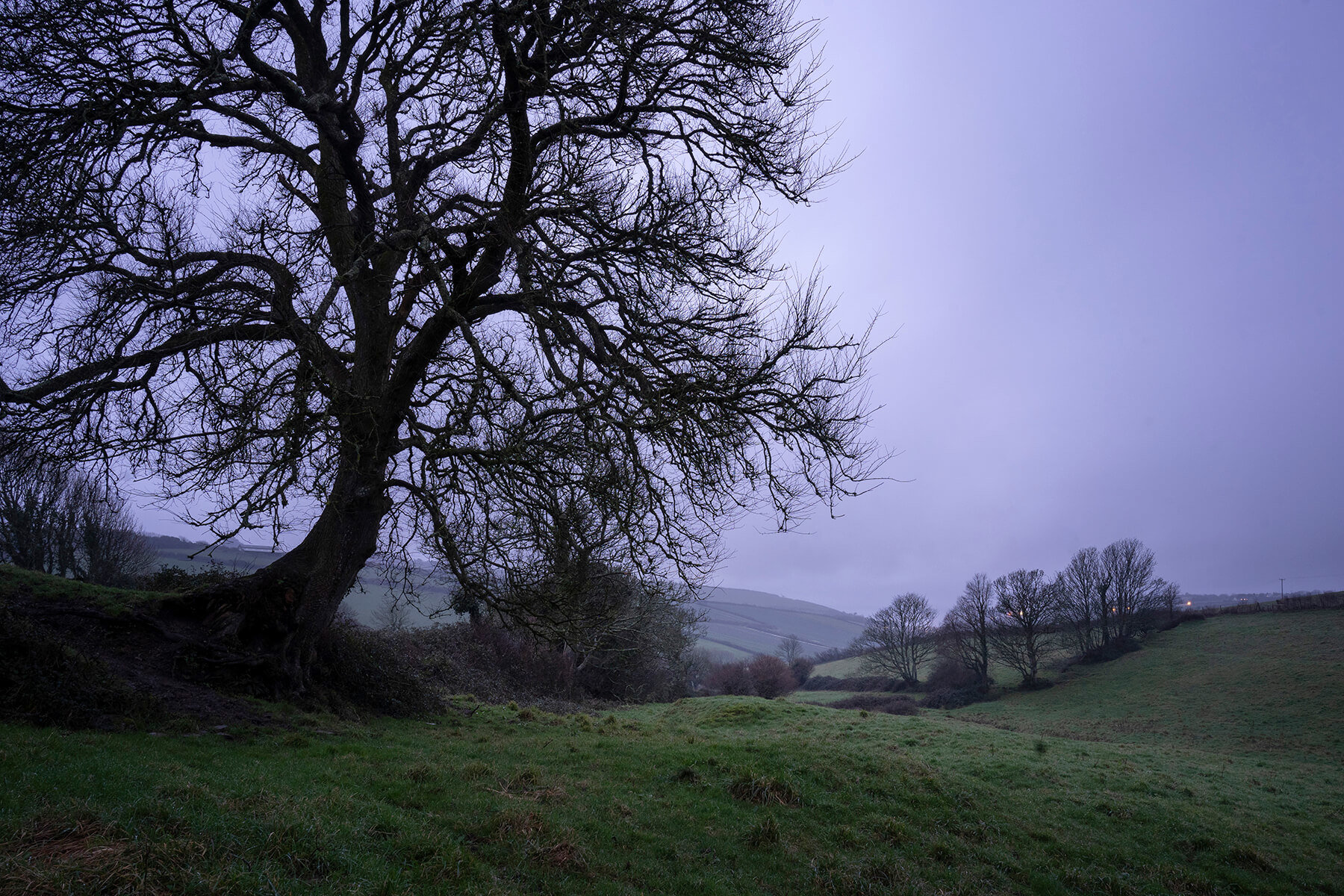
Rather than full weather sealing, the 24mm f/2.8 Di III claims to have a moisture-resistant construction with “environmental seals located at the lens mount area and other critical locations”, so it should take some rain, and I shot for a couple of hours in dank Devon woods and hillsides with no adverse effects noted. The front element uses a fluorine coating to make cleaning water or oil from it easier, too, and that’s especially handy if you want to use the lens up close to wet subjects.
In terms of sharpness the 24mm f/2.8 Di III is excellent. Wide open it offers very good sharpness in the centre and edges, with the centre improving to f/4 where it hits its peak through to f/11, after which diffraction softens the results. For edge-to-edge sharpness, the best setting appeared to be f/5.6.
However, the lens does suffer from significant barrel distortion, which will need correcting if you’re shooting anything with straight lines. Processing the test shot Raw files in Photoshop, there was no lens profile available at the time of testing, and I found it needed a manual correction of around +30. When this is corrected, the image will of course need cropping or resizing, so you may lose a bit of resolution or sharpness that way.
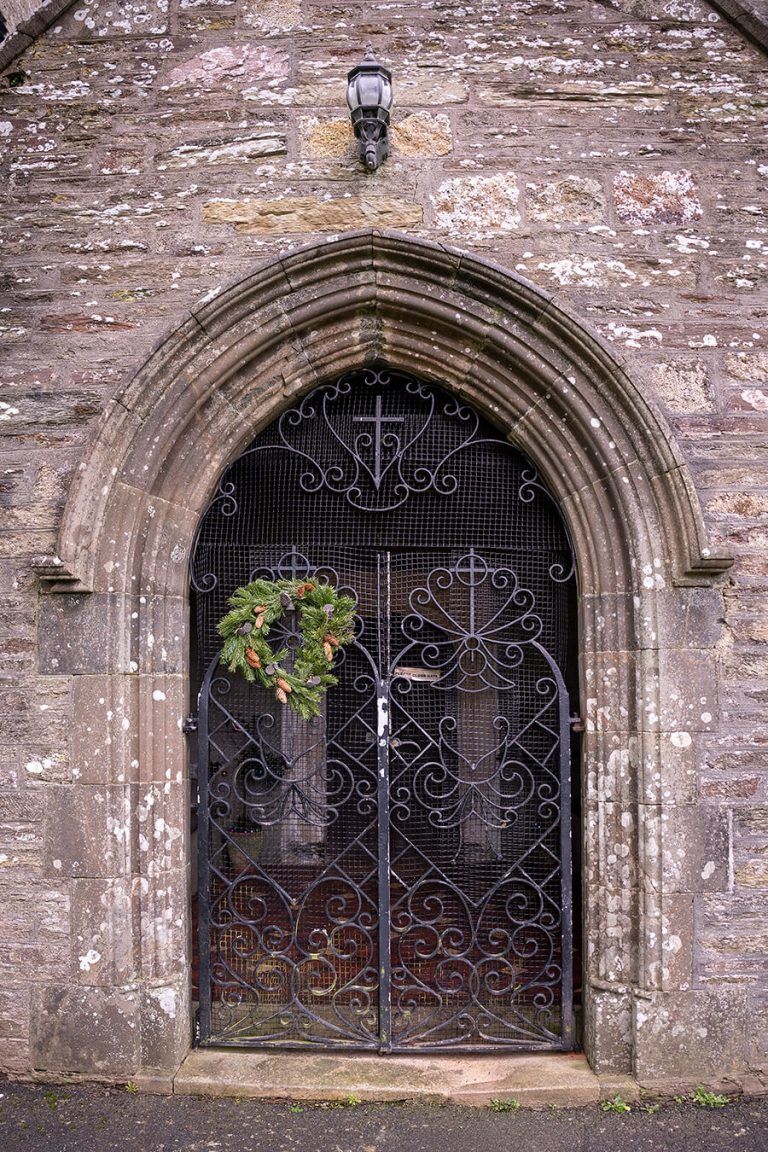
The 24mm f/2.8 Di III also shows obvious vignetting wide open, and although this is less clear after f/8 it actually remains throughout the aperture range. There’s some chromatic aberration, too, but only in the far corners, and both this and the vignetting are correctable in Raw. Flare was also well controlled in our test.
Overall, though, this lens is a fine performer and good value too.
On test
The 24mm f/2.8 Di III shows impressive sharpness at the centre and edges, even when shooting at the maximum aperture, but heavy barrel distortion is also evident.
The 24mm f/2.8 Di III offers plenty of plus points for Sony shooters, and at under £400 it’s an affordable lens, too. It’s small and light, and sharpness is very good even wide open. Image quality is somewhat compromised by barrel distortion, which needs correcting in post processing. That could be an issue to those wanting to use out of the camera JPEGs. On the plus side, the fast aperture means it’s a good lens for low-light landscapes.
Pros: Size and weight, price, sharpness
Cons: Obvious distortion needs correcting
For more information, please visit the Tamron website.
As featured in issue 73 of Photography News.

